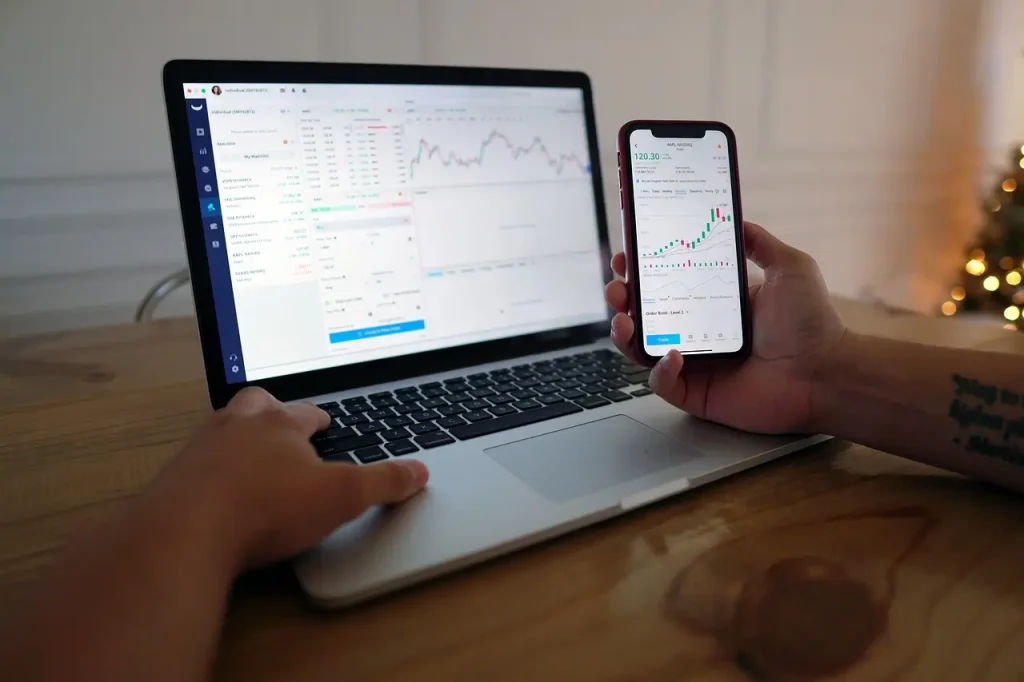Interest rates are one of the most powerful forces in forex trading, influencing everything from currency strength to market volatility. When central banks like the Fed, ECB, and BoJ adjust rates, forex traders react immediately. Understanding interest rate differentials, carry trades, and economic expectations can help us predict price movements and trade smarter. Let’s explore how interest rates impact forex markets and uncover the strategies traders use to stay ahead.
Interest rates play a major role in forex trading, influencing how currencies gain or lose value. When central banks like the Federal Reserve, European Central Bank, or Bank of Japan adjust rates, traders react, leading to shifts in currency prices. A higher rate can attract foreign investment, boosting demand for a currency, while a lower rate can weaken it as investors seek better returns elsewhere. But it’s not just about the actual rate—market expectations and central bank signals often matter just as much. Traders analyze reports like inflation, GDP growth, and employment data to predict rate changes before they happen. Knowing how these factors connect can help us make smarter trading decisions and take advantage of market movements.
Curious about how traders use interest rate differentials or the carry trade strategy? Let’s explore the details and uncover how these concepts shape forex trends. 🚀
Interest rates are one of the most powerful forces in forex trading. They shape currency values, drive investor sentiment, and create long-term trends. When central banks like the Federal Reserve (Fed), European Central Bank (ECB), or Bank of Japan (BoJ) adjust interest rates, forex traders react immediately, leading to major shifts in currency pairs like EUR to USD, GBP to USD, and USDJPY.
But understanding interest rate movements isn’t just about following official rate changes. Savvy traders also analyze interest rate differentials, monetary policy expectations, and macroeconomic conditions to anticipate market moves before they happen. Let’s break it all down and explore how interest rates impact forex trading on a deeper level.
Central banks adjust interest rates to control inflation, stabilize the economy, and influence growth. The decision to raise, lower, or keep rates steady depends on key economic indicators, such as:
For example, in 2022, the Federal Reserve aggressively raised interest rates to combat inflation, causing the USD to strengthen against almost all major currencies, including EUR, GBP, and JPY. Forex traders who anticipated this shift profited from the USD’s bullish trend.
One of the most important concepts in forex trading is interest rate differentials—the gap between two countries’ interest rates. Traders analyze these differences to predict which currency will appreciate.
For example, between 2015 and 2019, the U.S. maintained higher interest rates than Japan, leading to consistent strength in USDJPY as investors favored the dollar over the yen.
The carry trade is a popular forex strategy that takes advantage of interest rate differentials. Traders borrow a currency with a low interest rate and invest in a currency with a higher rate, earning the difference.
During the mid-2000s, the AUDJPY carry trade was one of the most profitable strategies, as Australia had much higher interest rates than Japan. However, when global markets crashed in 2008, traders rushed to exit their positions, causing a sharp JPY appreciation.
Forex markets don’t just react to actual interest rate changes—they move based on expectations. Traders analyze:
For example, when the ECB signaled potential rate hikes in 2022, the EURUSD pair surged in anticipation, even before the official decision. Traders who understood this market behavior positioned themselves for profits.
Unexpected rate moves can create extreme forex volatility. If a central bank raises or lowers rates without warning, currency pairs can experience rapid swings.
To manage risk, traders use stop-loss orders, economic calendars, and hedging strategies to protect their positions from unpredictable rate moves.
To stay ahead, traders must track central bank meetings, economic reports, and financial news. The best tools include:
By staying informed, traders can anticipate forex market trends and capitalize on opportunities before they happen.
Join thousands of traders who trust VantoFX as their top trading provider. Experience the difference – trade with the best.
Don’t know which account will be best for you? Contact us.

Trading over-the-counter derivatives involves leverage and carries significant risk to your capital. These instruments are not appropriate for all investors and could result in losses exceeding your original investment. You do not possess ownership or rights to the underlying assets. Always ensure you are trading with funds you can afford to lose.